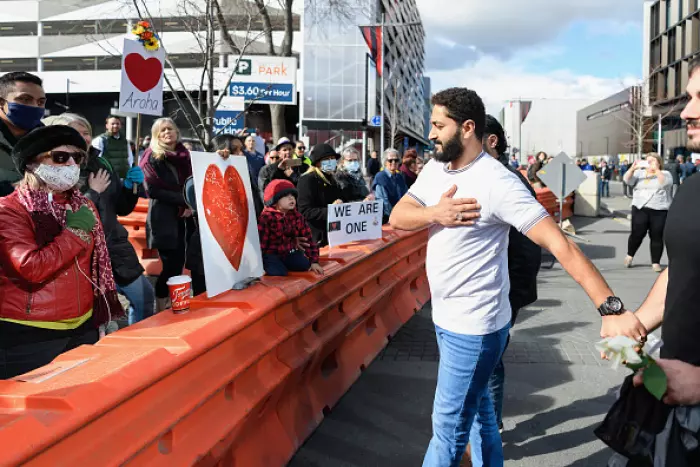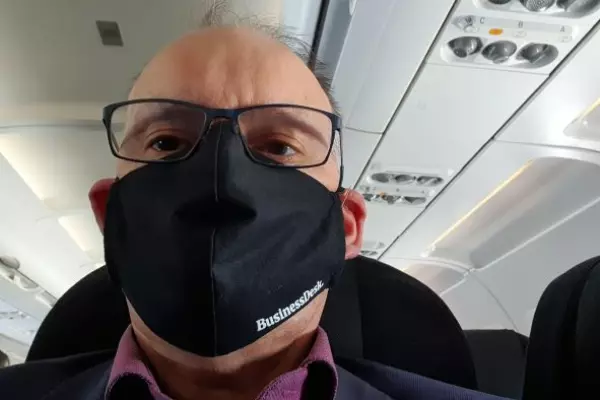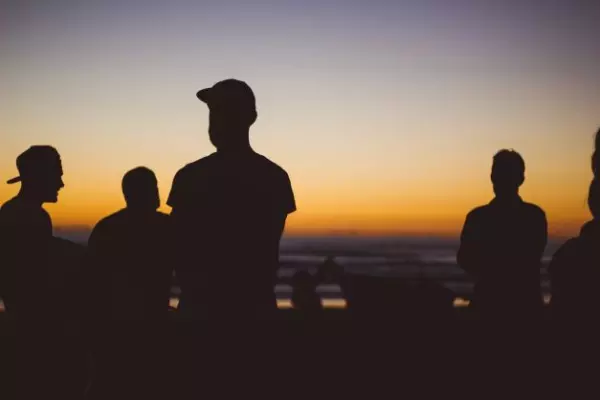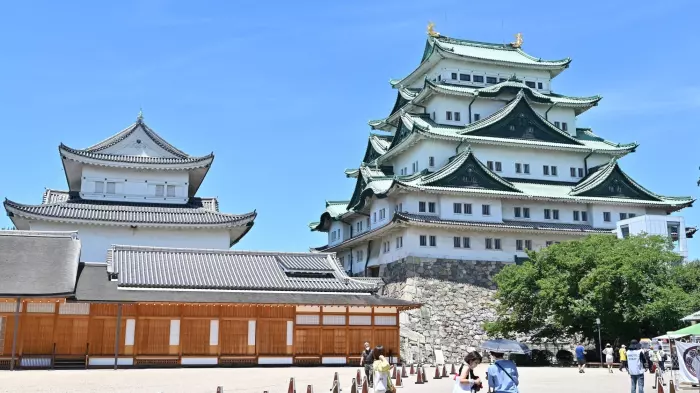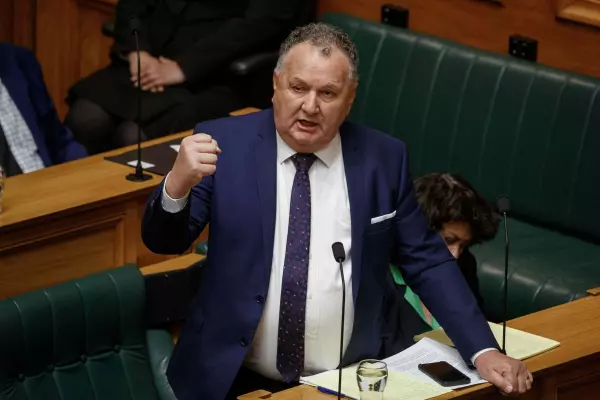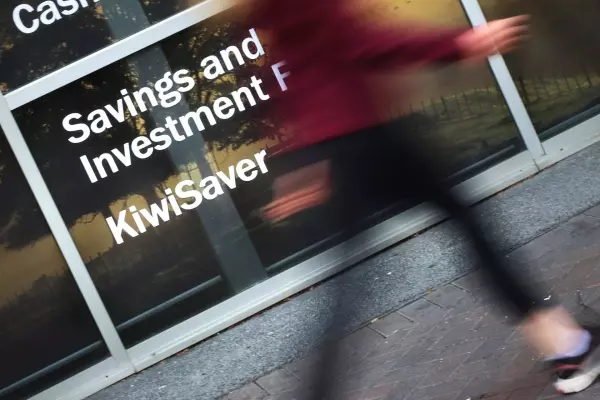On Thursday night, as the door of an Air Force Hercules closed, so did one of the ugliest chapters in our history.
The plane carried a high-risk passenger – Brenton Tarrant. His name represents so much horror that its four syllables are rarely spoken.
Often, Tarrant is simply referred to as “the Christchurch terrorist.” “The attacker.” “The gunman.”
Tarrant’s victims were reluctant to give him the notoriety that he craved when he gunned down 51 worshippers in two mosques. Many of the survivors wanted him to remain nameless and faceless.
Tarrant’s identity – and his presence – will no longer cast a pall over the Garden City. Having been sentenced to life in prison with no chance of parole, he will spend the rest of his days at Auckland Prison.
It’s the right verdict – a verdict that so many Kiwis were holding their breath for. But it’s worth remembering that this process could have unfolded very differently.
On the afternoon of March 15 2019, I sat on a plane to Christchurch. Along with many other journalists, I was dispatched to report on the massacre that had just unfolded – an assignment unlike any other.
On the plane, there was an hour of silence, and I was left with my own thoughts. Had the shooting stopped, I wondered? Were other gunmen on the loose? Was this a local event, or was New Zealand under attack?
Just before the plane took off, I had been sent a copy of ‘The Great Replacement’ – a disturbing, racist manifesto written by Tarrant and distributed electronically just before the shooting.
I cannot describe the contents of the document, because it was later banned by the Chief Censor, who ruled that it “promoted, encouraged and justified acts of murder.” While the text would not influence most people, David Shanks ruled, it could encourage people who already had extremist beliefs.
Shanks recognised something that many other Kiwis did not: Tarrant’s real danger lay in his ideology – not just his ability to fire a gun.
In the months that followed the Christchurch terror attack, other acts of violence around the world were linked to Tarrant’s manifesto and his international profile.
In April 2019, a man entered a synagogue in California and opened fire on the congregation, killing one person. He had published his own manifesto that included praise for Tarrant. In August 2019, a gunman killed 22 people at a Walmart store in El Paso. He had posted material online that supported Tarrant.
It is possible to imprison a person’s body. It is much harder to imprison their ideas. Tarrant’s material had spread far beyond Christchurch.
But it was also clear that the man had the potential to cause even further harm during his trial, if he chose to use the witness box as a soapbox.
From the very beginning of the court process, it seemed Tarrant would do just that. He was smug when he appeared in the dock for the first time in March 2019. He even flashed a white power symbol.
Tarrant pleaded not guilty to all charges. His victims braced for a long, harrowing trial – a process that would no doubt have revictimised them by forcing them to relive their trauma.
But in March 2020, during the nationwide lockdown, Tarrant changed his plea to guilty. The news sent ripples of shock, confusion and relief through the Muslim community.
There was also a hint of suspicion.
What was Tarrant’s motive for changing his plea? Had he been through some kind of personal transformation in prison?
Was he simply trying to secure a more lenient sentence?
Or, perhaps, was he planning something even more sinister?
These dark questions lingered until the start of last week, when Tarrant’s sentencing began.
In another twist, he had asked to appear via video link, rather than in person. That request was declined. Justice Cameron Mander wanted him to face his victims.
The sentencing was, in itself, a form of punishment.
For three days, Tarrant had to sit in court and listen to survivors and their family members explain the hurt that he had caused. Their statements were courageous, eloquent and devastating.
Did any of it register with Tarrant? Did it stir up any sense of regret? And what had he been thinking about while spending a year behind bars?
Those questions remained unanswered. Tarrant chose not to speak in court.
The last word was left to Justice Mander, who noted that Tarrant was not “genuinely remorseful” for his actions, and that even if he spent the rest of his life in prison, it “would not exhaust the requirements of punishment.”
A life sentence. No parole. No chance of freedom. A sense of closure for the victims – as much closure as there can possibly be, without being able to bring their loved ones home.
There will always be unanswered questions about Brenton Tarrant. We will never know what was going on in his mind when he planned and carried out such a horrific attack.
We will never find out whether his sudden guilty plea was the result of a genuine epiphany about what he had done, or whether it was a desperate bid for a lighter sentence.
We will never know what Tarrant was thinking when he boarded the Hercules in the darkness on Thursday night.
Perhaps he felt that he had achieved what he set out to achieve, and that the price of his freedom was worth it.
Or perhaps he realised that his twisted ideology had turned him into a monster.
Now, we must let these questions go. In the greater scheme of things, they do not matter.
What matters is that the voices of Kiwi Muslims are, once again, echoing around the world.
Tarrant silenced 51 people, but he gave a voice to thousands more.
Jehan Casinader is a Wellington-based journalist.


